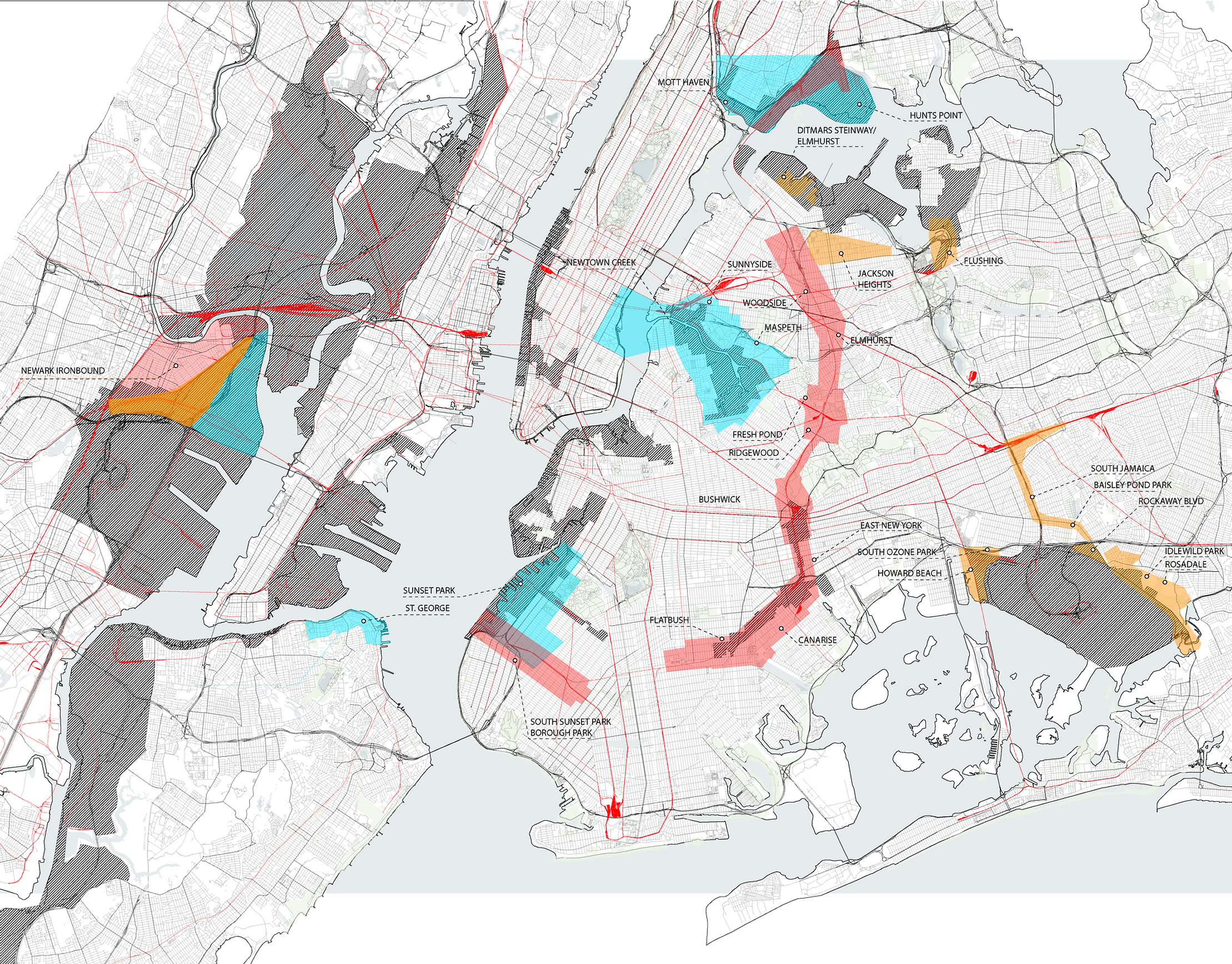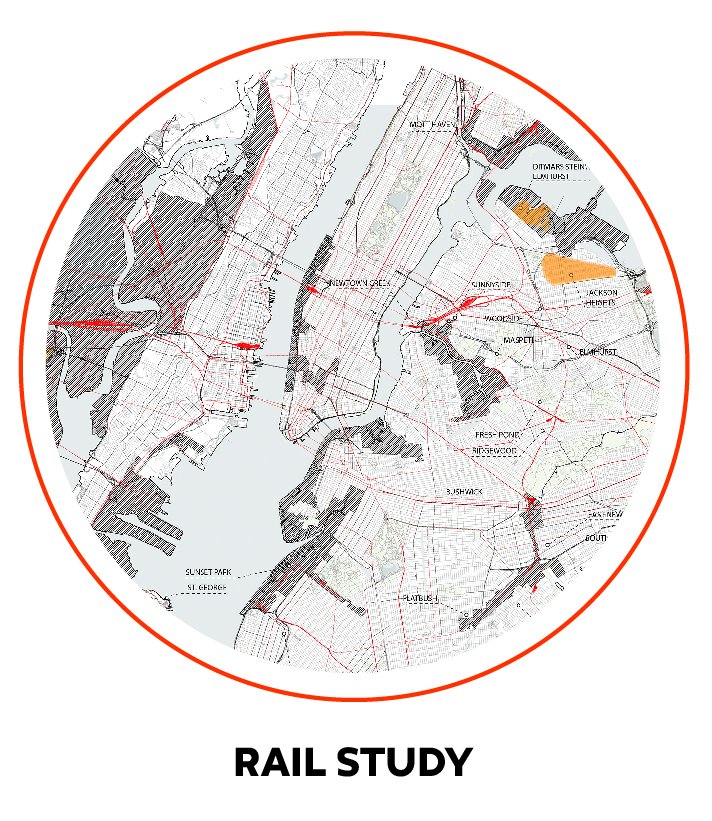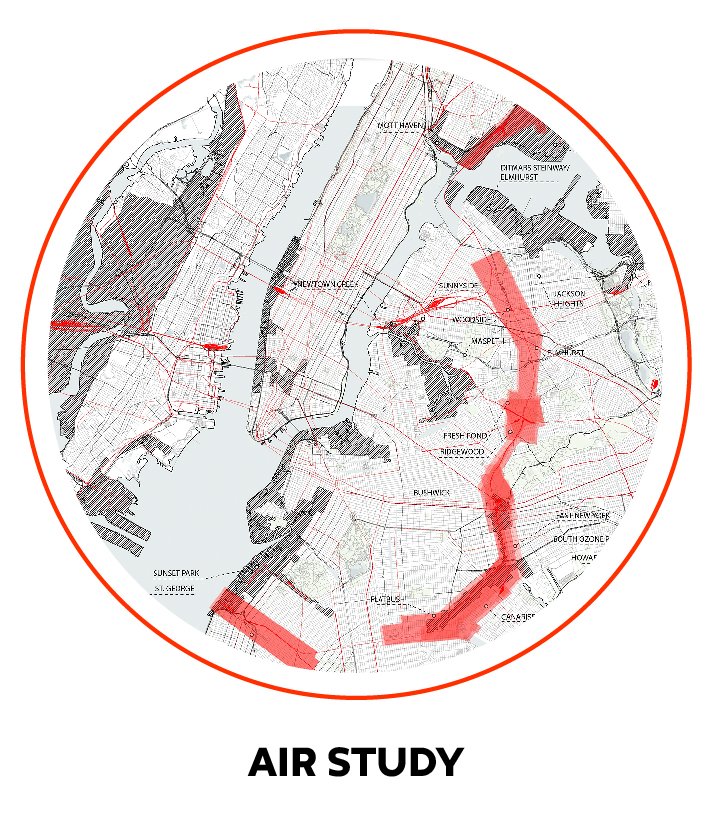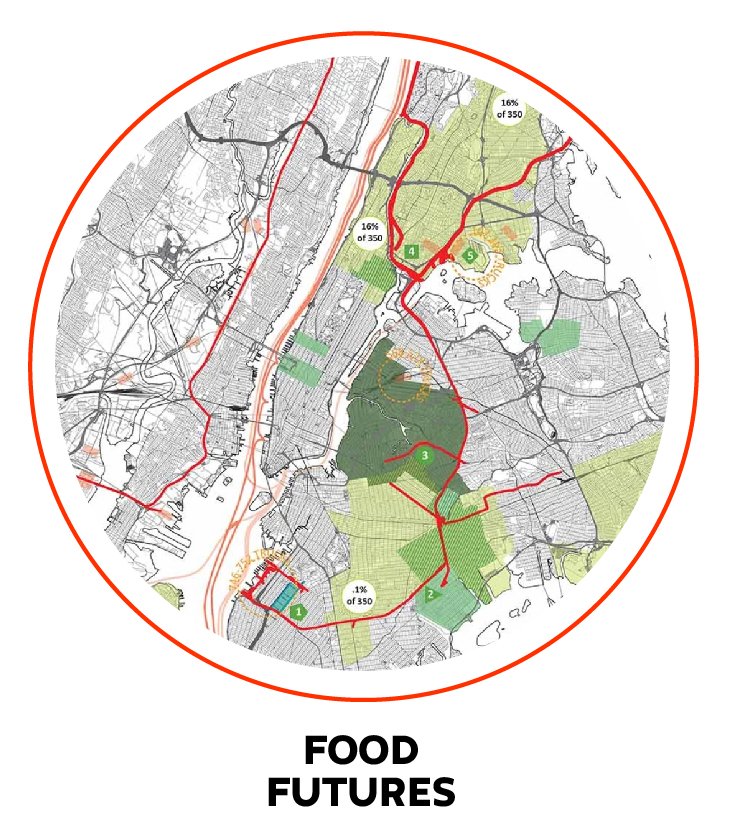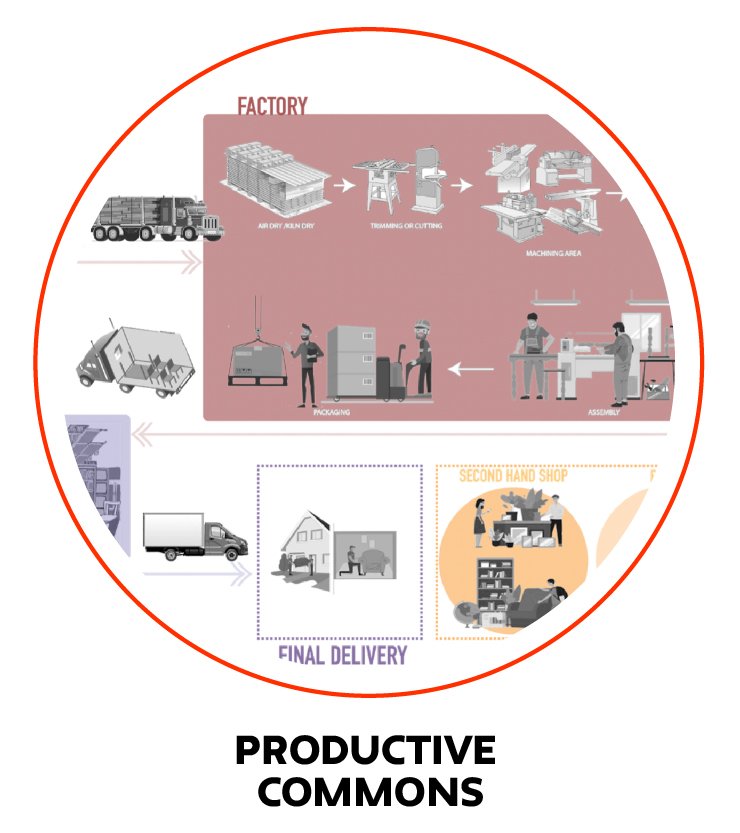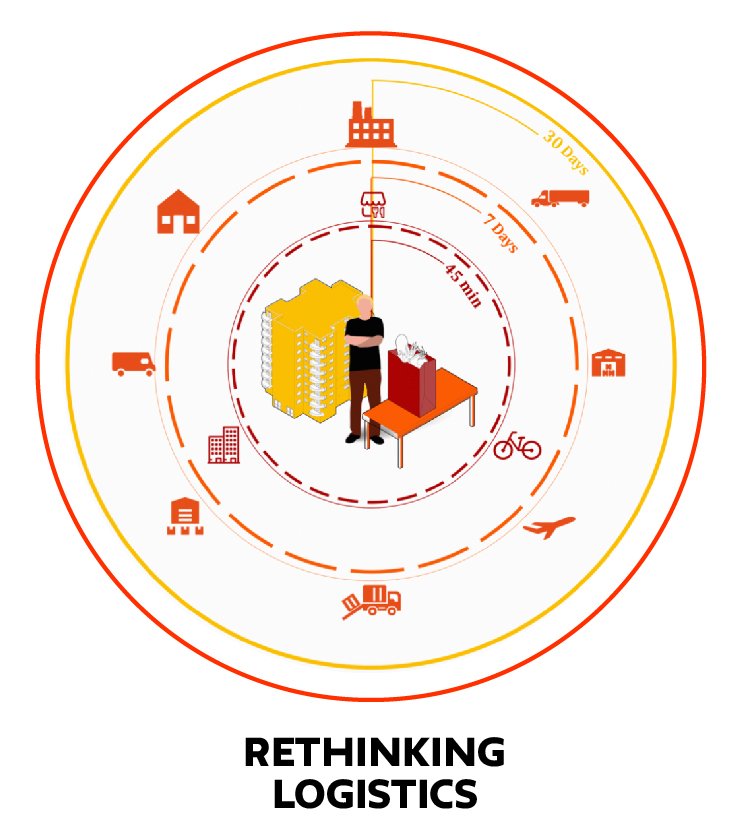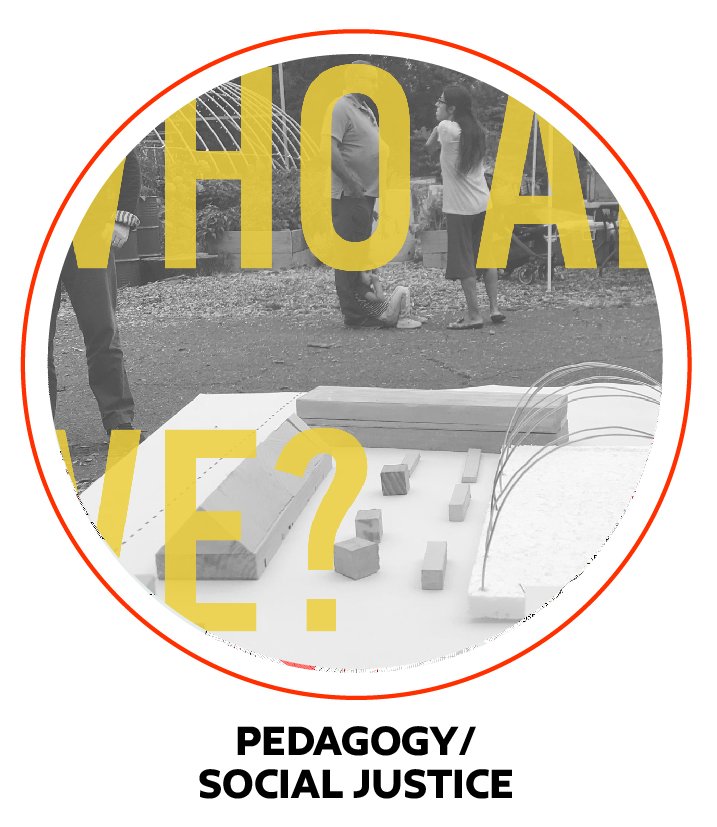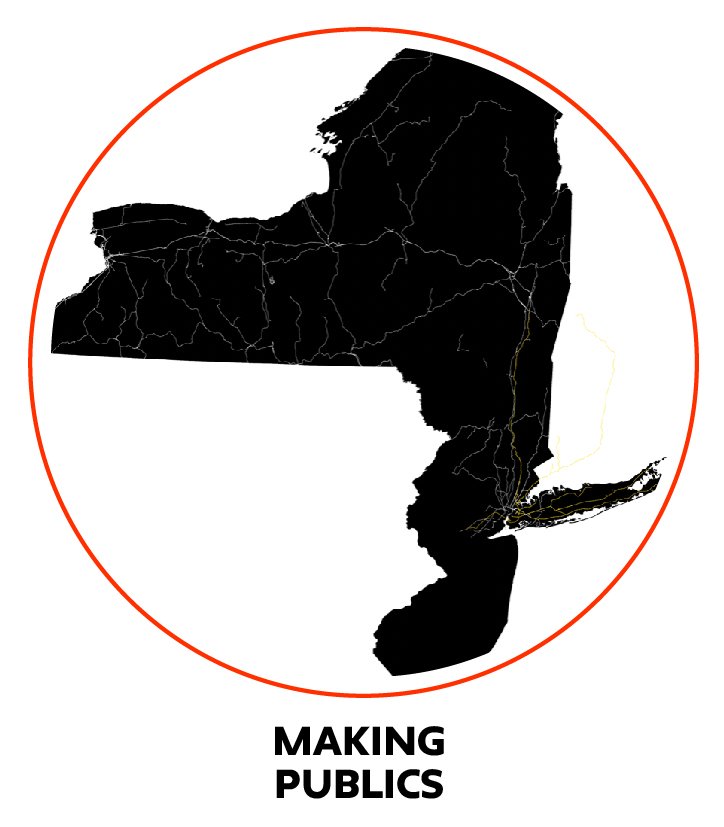Infrastructure, Design, AND Justice LAB
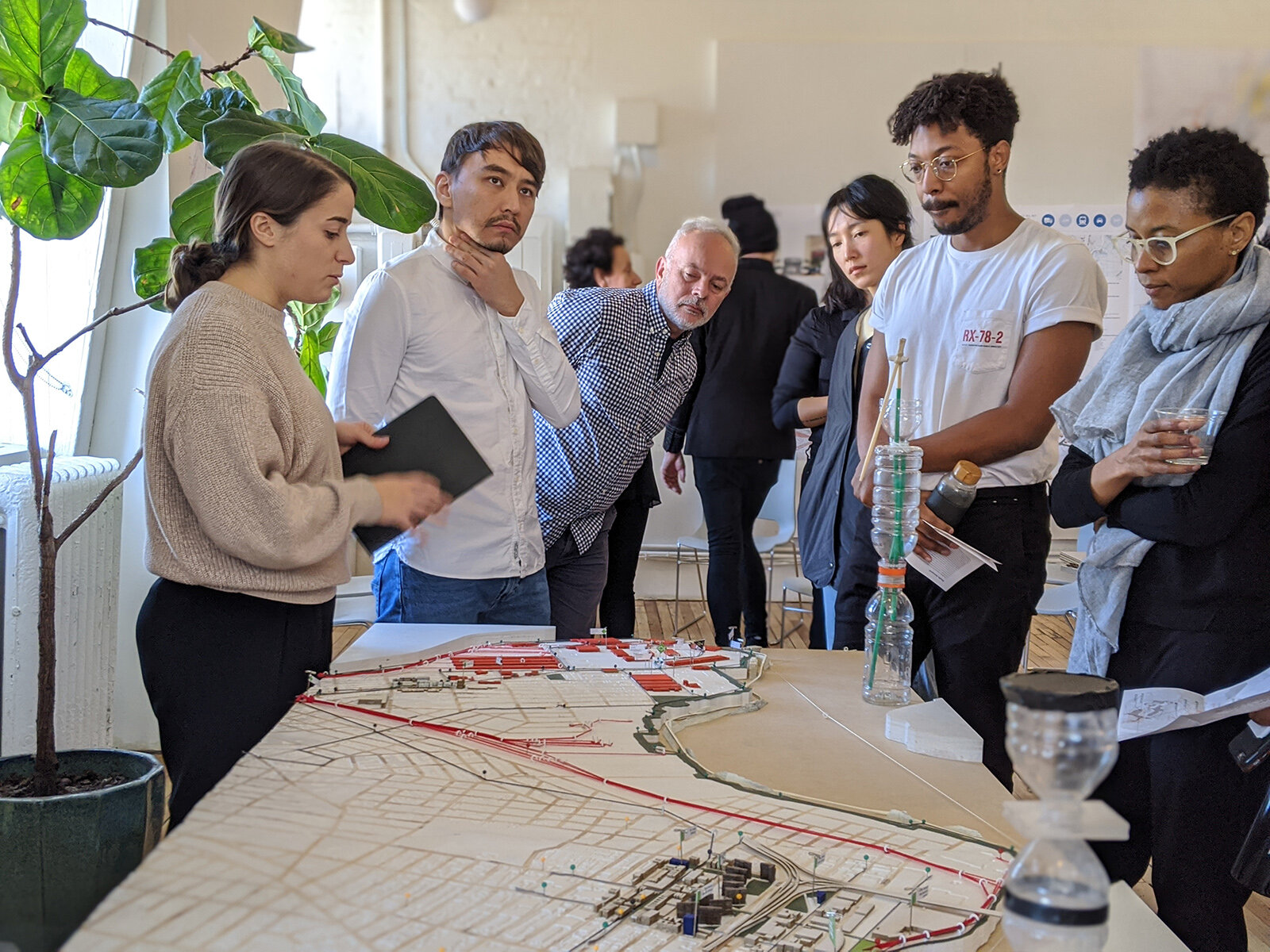
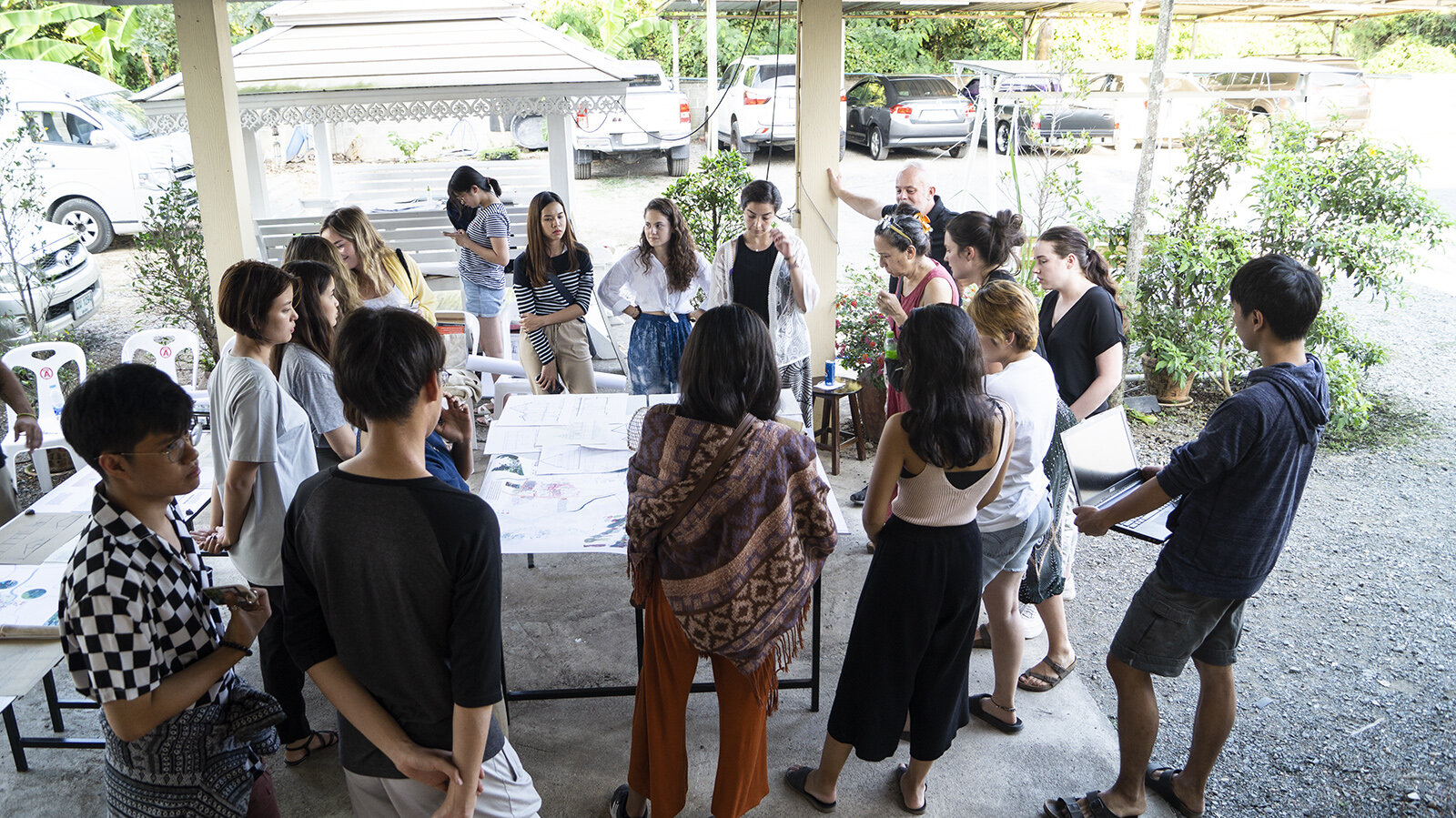
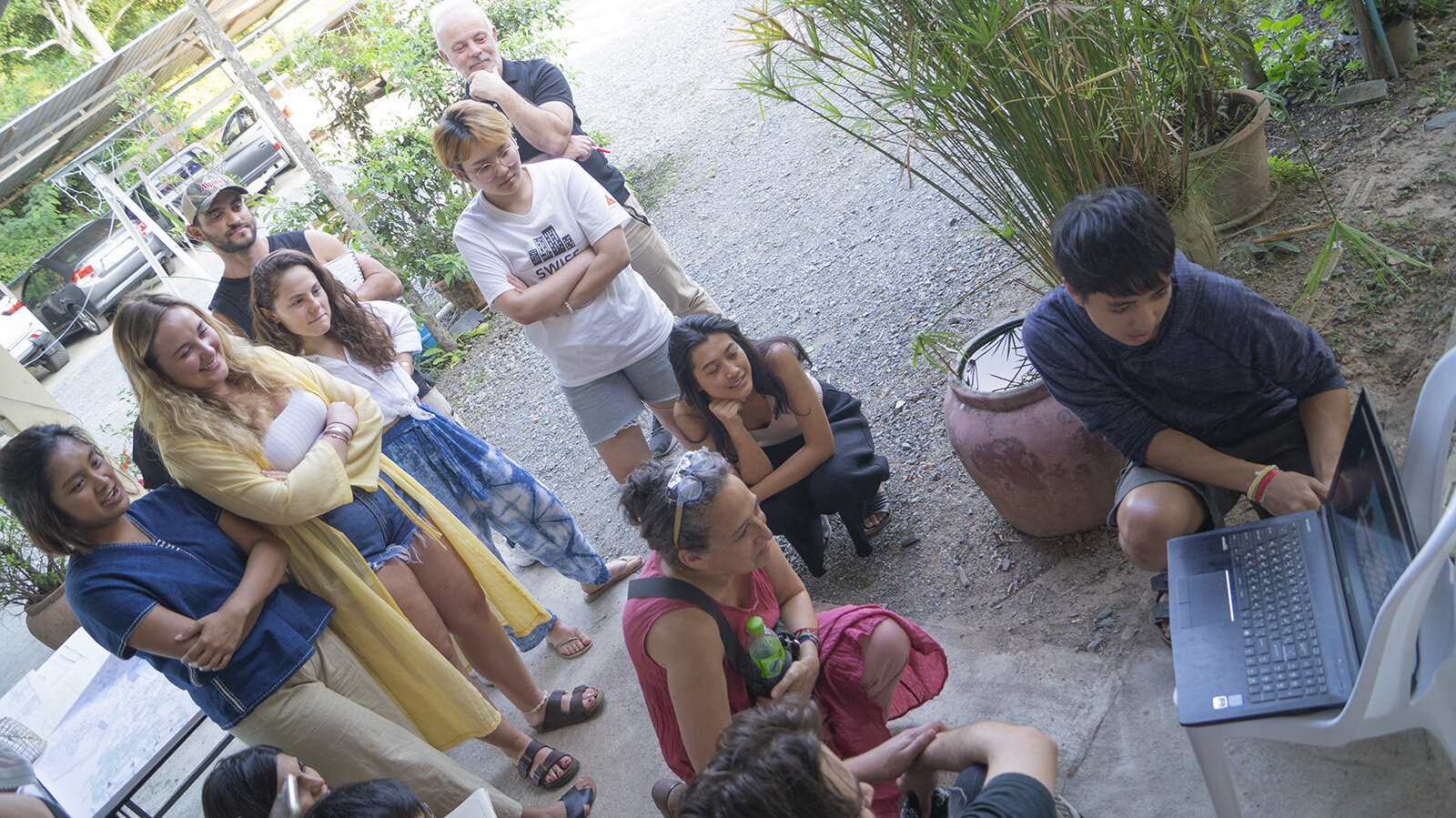
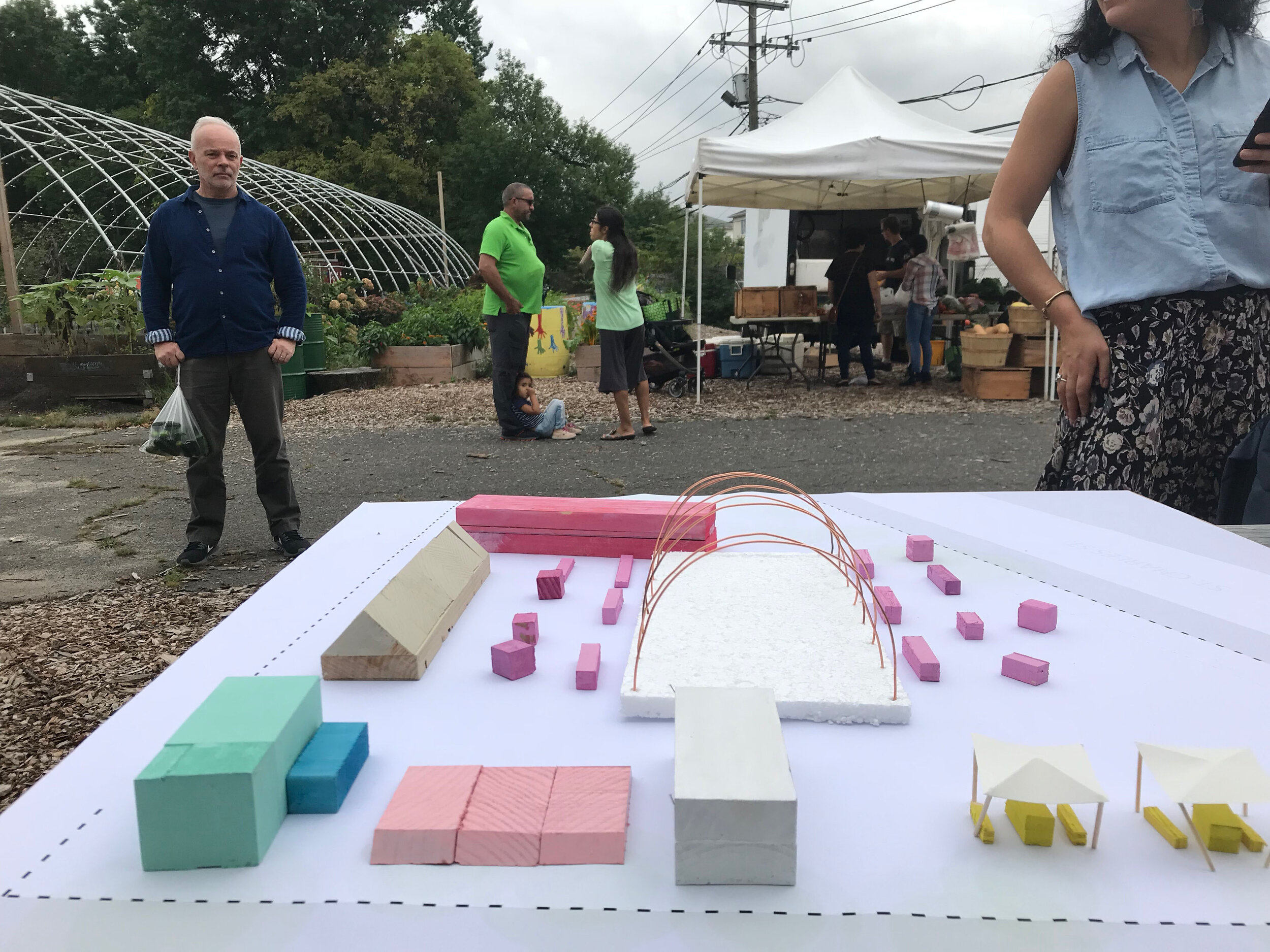
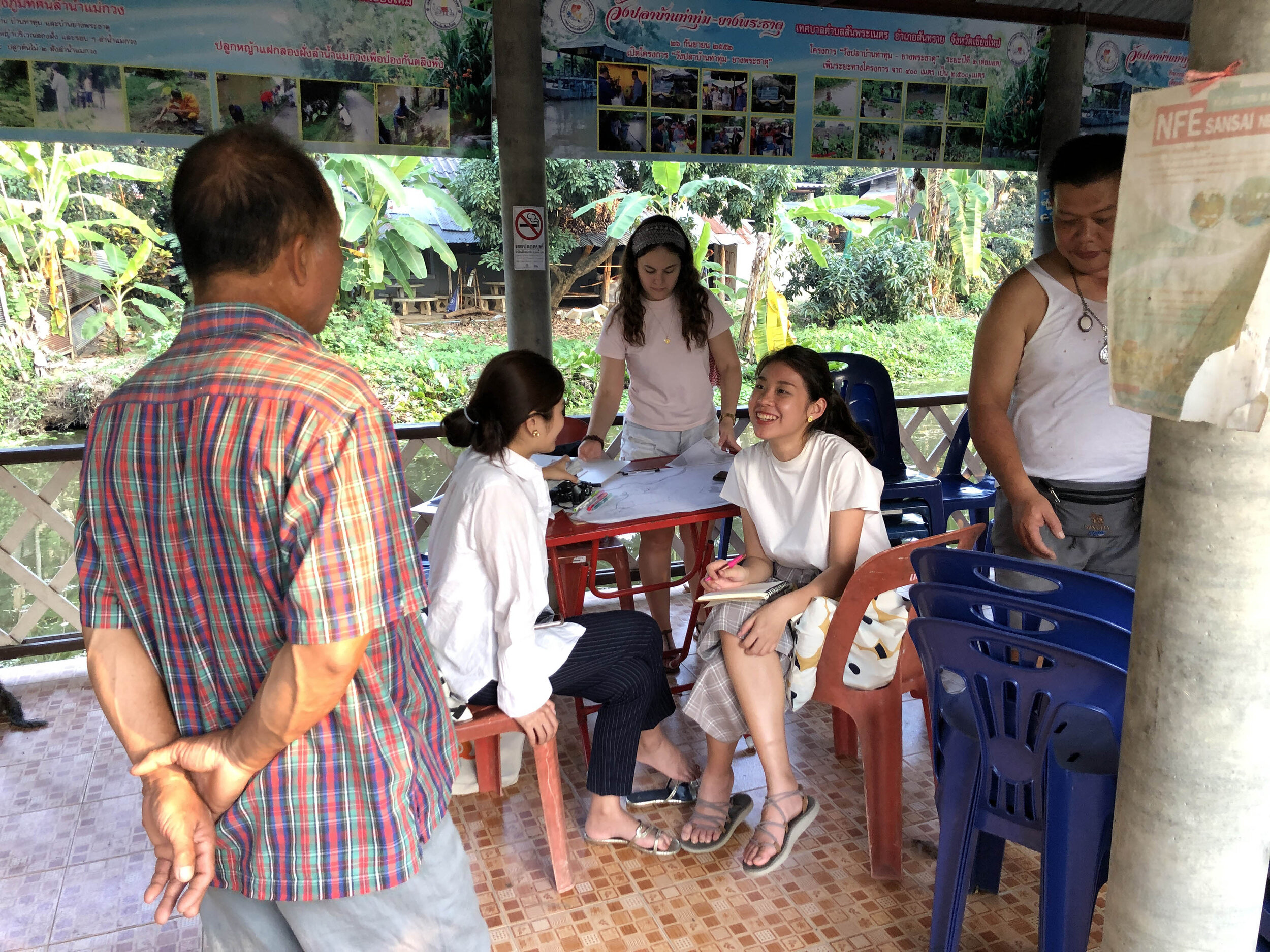
The community-based urban and architectural design resources here are grounded in the Jemez Principles of inclusion, solidarity and mutuality. Built with the climate and environmental justice coalitions at the Tishman Environment and Design Center, the lab invests in the collaborative design of “shovel ready” projects for a Just Transition and a New Green Deal. As opposed to the large highway and dam projects of the Old New Deal, our "shovel ready projects" are focused on "making making public", regenerating both the legacy of industrial contamination and the unjust logistics of a consumer economy based on a global supply chain of dislocated sourcing and waste.
From the epicenter of the world’s largest consumer economy, we seek to create A Forum for Environmental and Ecological Justice that seeks cures for an epidemic of consumerism, commodification and waste that designates frontline communities as “sacrifice zones;” combining the environmental burdens for logistics and waste atop the legacy of post-industrial contamination.
The Infrastructure, Design and Justice Lab is an open-source Archive of Design Resources for Frontline Communities, government agencies, non-profits and academics. We have invested in An Engaged Pedagogy for a Just Transition focused on community-based urban and architectural design action grounded in the Jemez Principles of inclusion, solidarity and mutuality.
Join us and learn more about the research happening at the Infrastructure, Design and Justice Lab. Our work is also part of a larger conversation, as a collection of the Humanities Action Lab Climates of Inequalities Traveling Exhibit
The work here provides ways to explore new systems of environmental injustice produced by the logistics of a globally sourced consumer economy during a climate crisis. The infrastructures for the movement of people and goods regionally adds to the burdens of front-line communities in already polluted post-industrial brownfield and super-fund sites. This comprehensive planning issue con-compasses a huge range of institutional and community partners that provide additional sources of knowledge, information and feedback. While we focus design work in the New York City/Newark area, case studies for new urban districts for making are important models for consideration. To explore these sites more in depth, you can start here.
INFRASTRUCTURE
Our Communities are the residents and laborers most impacted by structurally racist, classist and sexist policies and practices that designate frontline communities as "sacrifice zones" combining the environmental burdens for logistics and waste atop the legacy of post-industrial contamination.
People and communities are the most important infrastructure in creating a just transition from socially exploitative extractive economies. Community infrastructure design meets the social and biological need for equal access to natural and cultural resources.
DESIGN
Five design research themes emerged around the issues of infrastructure and justice: productive commons, food futures, waste afterlife, rethinking logistics, and under construction. These themes move in scale from global supply chains, containerization and regional distribution, and local neighborhoods as sites of future-making publics. In other words, how can we shift from a design for society if consumption to more ethical and just architecture of local production?
The architectural designs draw from understanding how materials are resourced, how things are made, how they get to a place, and how to produce zero waste. The designs seem to enable resiliency when the urban system breaks (ie, Superstorm Sandy and the COVID pandemic) through local production and dignified labor.
JUSTICE
Justice is the shared responsibility for equity, fairness, and inclusion in public and private spheres. It is a respect and acknowledgement of the value of difference. We acknowledge this work in the Newark/New York City area occupies the homeland of the Lenape (Lenapehoking) who were violently displaced because of European settler colonialism over the course of 400 years. We also recognize this region’s economy is based on a history of slave, immigrant, and unpaid women’s labor.

